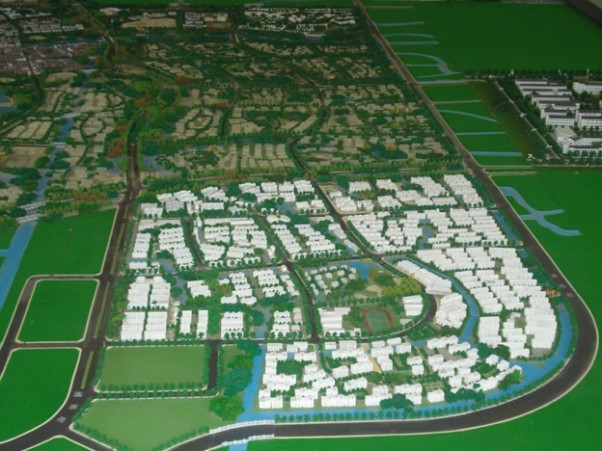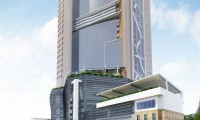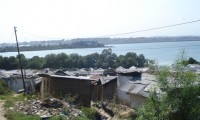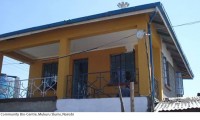Sustainable design is the practice of designing the built environment to comply with the principles of economic, social, and ecological sustainability. It is environmental design at macro-level. The aim of sustainable design is to produce places, buildings and services in a way that reduces the use of non-renewable resources, minimizes environmental impact, and relates people with the natural environment. Sustainable design is a general reaction to the global “environmental crisis”, i.e., rapid growth of economic activity and human population, depletion of natural resources, damage to ecosystems and loss of biodiversity. Sustainable design uses innovative design and industrial practices which reduce the environmental impacts associated with construction processes. It deals with the following:
- Carbon Footprint: reduction of green house gas emissions and carbon foot print of buildings;
- Materials: sustainable materials, low impact materials, low embodied energy materials and construction technology;
- Life: protection of bio-diversity;
- Greening: open space, landscape and building greening; to limit urban heat island to reduce buildings impacts on the natural environment.
- Water: building, surface and underground water management; includes use; reuse; efficiency, etc.
- Waste: liquid and solid waste management; and
- Energy: renewable energy production; use and savings; including energy efficiency.
Eco-Build Africa teamed up with Environmental Resource Management (ERM) (PTY)(2008) to develop the environmental master plan for UNON. Specifically, Ecobuild undertook the following tasks:
- Daylight measurements and analysis;
- Thermal comfort monitoring of existing offices
- On site reverberation time measurements of all the conference halls for acoustic analysis, and
- Formulating environmental design strategies for the new complex.
















